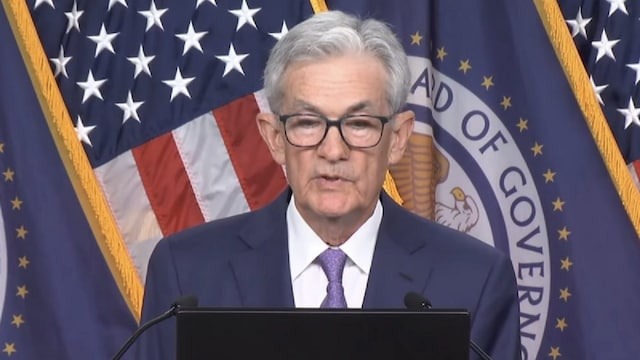
New Delhi. India's real estate and auto sectors are booming right now and if you also want to make money from these two sectors, then there is a good opportunity till November 28. Nippon India Mutual Fund has announced the launch of two new funds in the passive space. These new fund offers (NFOs) are based on auto and realty themes. Both the funds are open-ended index funds, whose NFO is open on November 14, 2024, and will close on November 28.
Nippon India Nifty Auto Index Fund is a passive fund that will track the performance of the Nifty Auto Index, while Nippon India Nifty Realty Index Fund will follow the Nifty Realty Index. Since both of these are passive funds, they will invest in securities of their respective underlying indexes. Being passive, these funds have certain benefits for investors such as low cost, diversification through a single unit, and transparency as both funds will replicate their respective indexes.
Fast-growing auto sector
India's automobile sector contributes 7.1% to the country's gross domestic product (GDP). The industry is diverse, comprising passenger vehicles, commercial vehicles, three-wheelers, two-wheelers, and automotive component manufacturers. Demand for electric vehicles (EVs) is growing, driven by government incentives, falling battery costs, and rising petrol and diesel prices.
EVs will provide further impetus.
EV penetration in India is expected to reach 40% by FY 2030, leading to growth in the auto sector. Nifty Auto Index TRI has given a CAGR of 48.7% in the last one year, while Nifty 50 TRI has given a return of 28.3% CAGR till October 31, 2024. Nifty Auto TRI has outperformed Nifty 50 TRI in 3 and 5-year periods.
Real Estate Most Preferred
The country's real estate market is projected to grow at a CAGR of 13.8% between 2017 and 2047, representing a whopping 48-fold increase in 30 years. The Indian real estate industry is the second largest generator of employment, contributing 18% of total employment. The Nifty Realty Index TRI has delivered a CAGR of 66% in the last one year, which is 2.3 times higher than the Nifty 50 TRI in the same period. It has also outperformed the Nifty 50 on a CAGR basis over 3, 5, and 10-year periods till October 31.

 Desk
Desk Share
Share






